According to PC Ha Nam , from the beginning of May until now, the electricity consumption of households has tended to increase due to the weather starting to turn hot, the higher temperature causes people to use air conditioners and cooling devices more frequently, for longer periods of time during the day. During peak hours, many families also use many high-capacity devices such as induction cookers, washing machines, water heaters, etc. at the same time, causing great pressure on the electrical system, leading to a sudden increase in electricity bills. According to energy experts, air conditioners are the devices that consume the most electricity in the summer (accounting for 28 - 64%, sometimes up to 80% of the total electricity consumption of a family). If the outdoor temperature increases by 1°C, the electricity consumption of air conditioners increases by 2 - 3% depending on the type. The hotter the weather, the more electricity is consumed when using air conditioners. Air conditioners running in 35 - 40°C weather will consume more electricity than in early summer, when the temperature is around 30 - 35°C.
Mr. Nguyen Quang Hoa, Head of Business Department (PC Ha Nam) said: During peak times, the company directs the Power Companies to review areas with high load, regularly check the load status of each low-voltage line, and substations in areas with potential overload to take measures such as increasing capacity, sharing load, increasing wire cross-section, upgrading switching equipment; promptly checking and handling defects on the medium and low voltage grid; through the remote measurement system, checking the load status of distribution transformers, forecasting the load capacity and developing early handling plans. The Power Companies also receive information about power outages from customers through the switchboard 19006769 to quickly handle incidents and restore power supply as soon as possible. PC Ha Nam also focuses on promoting energy saving and efficiency to customers.
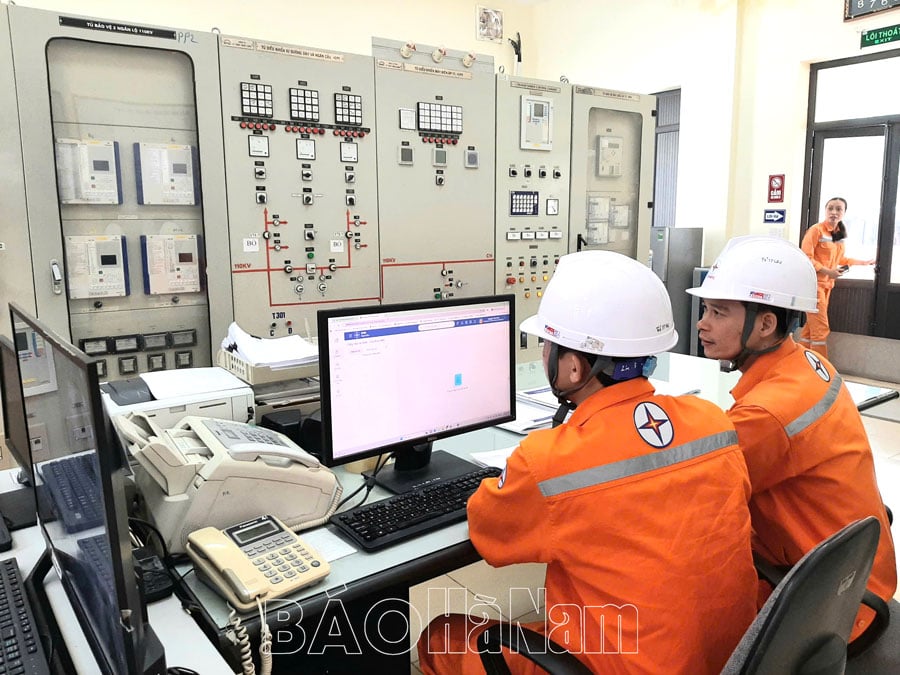
In particular, during this time, to ensure electricity supply for socio-economic development and people's daily life, Vietnam Electricity Group has been implementing the plan to supply electricity and operate the national power system in 2025, in which the growth rate of commercial electricity in 2025 is expected to be about 12.2%, the total electricity output of the entire system in 2025 will increase by about 33.6 billion kWh compared to 2024. Pursuant to the provisions of the Electricity Law No. 61/2024/QH15 dated November 30, 2024, Decree No. 72/2025/ND-CP dated March 28, 2025 of the Government stipulating the mechanism and time for adjusting the average retail electricity price and Circular No. 22/2025/TT-BCT dated April 26, 2025 of the Ministry of Industry and Trade stipulating the calculation of the average retail electricity price, with In the spirit of minimizing the impact on the economy and people's lives, carefully assessing and in accordance with the practical situation, Vietnam Electricity Group has calculated the adjustment of the average retail electricity price, after adjustment is 2,204.0655 VND/kWh (excluding value added tax) from May 10, 2025. This adjustment is equivalent to an increase of 4.8% compared to the current average retail electricity price.
Basically, this electricity price adjustment will ensure that poor households and policy families are not affected significantly. Poor households and social policy households will continue to receive support according to the provisions of Decision No. 28/2014/QD-TTg dated April 7, 2014 of the Prime Minister .
During the peak hot weather, PC Ha Nam recommends that customers, offices and businesses join hands to use electricity economically and effectively, turn off unnecessary electrical equipment, limit the use of high-capacity equipment during peak hours of electricity consumption (from 10 am to 2 pm and from 7 pm to 11 pm every day). Customers should not use many electrical appliances at the same time to avoid overloading the power grid. At the same time, be on guard against the risk of fire and explosion in the power grid, power stations and residential areas; use energy-saving equipment such as prioritizing products with high-efficiency energy labels (energy stars), switching to LED bulbs, inverter air conditioners, etc. to save energy.
Tran Thoan
Source: https://baohanam.com.vn/kinh-te/su-dung-dien-tiet-kiem-hieu-qua-trong-mua-nong-163980.html



![[Photo] General Secretary To Lam receives Chief of the Central Office of the Lao People's Revolutionary Party](https://vphoto.vietnam.vn/thumb/1200x675/vietnam/resource/IMAGE/2025/5/30/140435f4b39d4599a3d17975dfb444c5)


![[Photo] National Conference "100 years of Vietnamese Revolutionary Press accompanying the glorious cause of the Party and the nation"](https://vphoto.vietnam.vn/thumb/1200x675/vietnam/resource/IMAGE/2025/5/30/1cf6cd5c8a934ebfa347028dcb08358c)

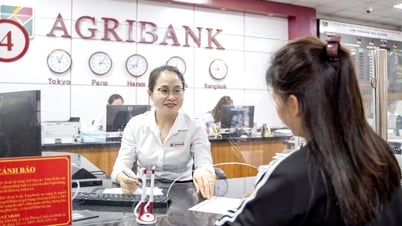














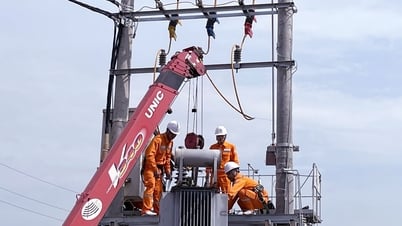




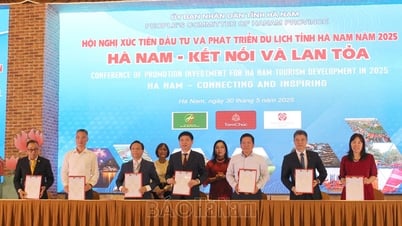
![[Photo] Journalists moved to tears at the Memorial Service for the soldiers who died in Gac Ma](https://vphoto.vietnam.vn/thumb/1200x675/vietnam/resource/IMAGE/2025/5/30/9454613a55c54c16bf8c0efa51883456)











































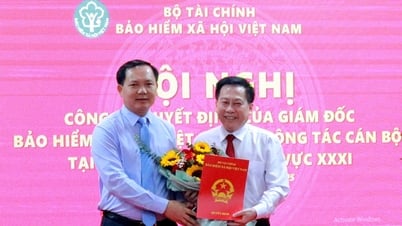















Comment (0)